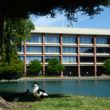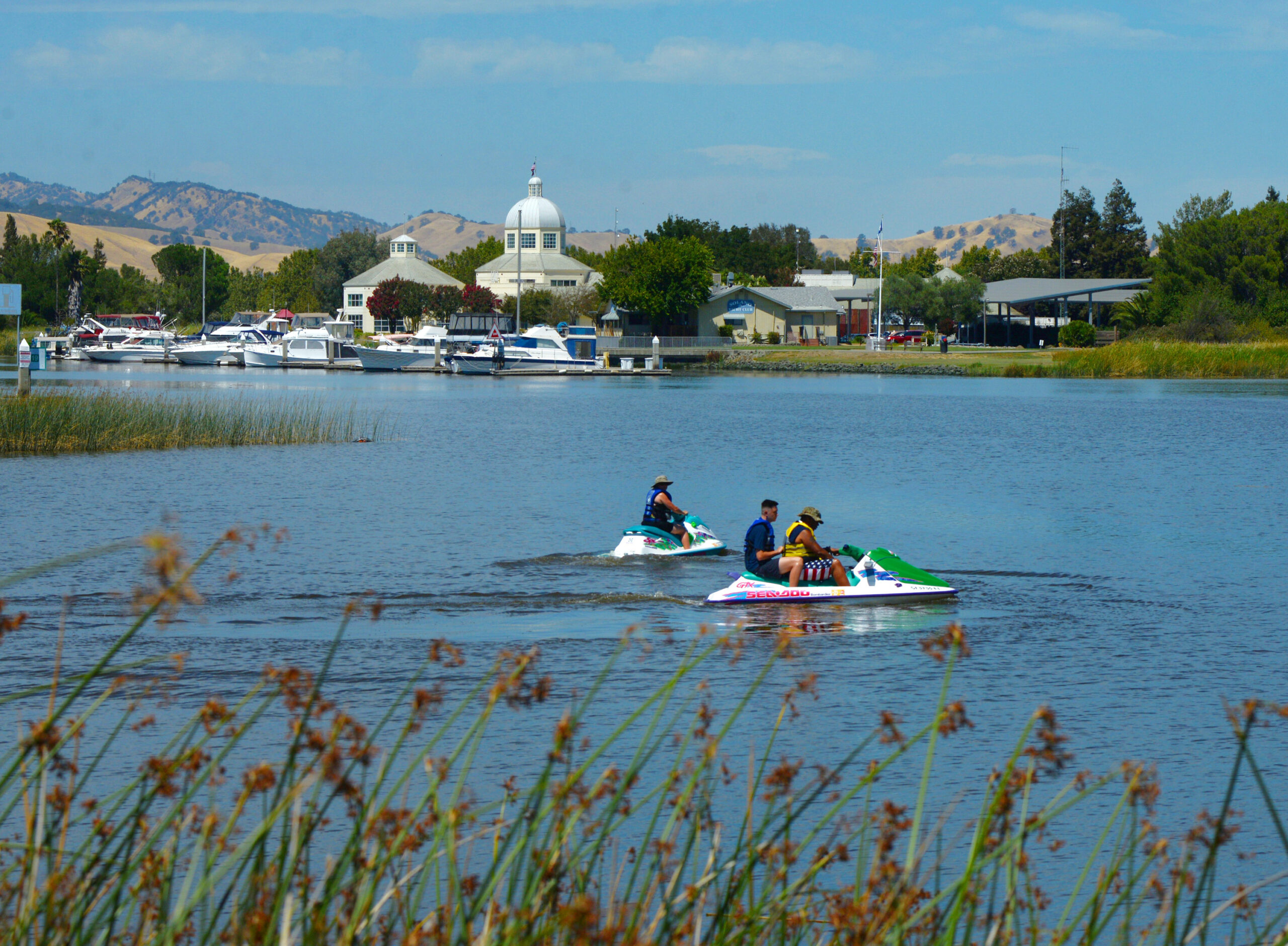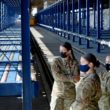BENICIA — Its status as the former state capital is part of California lore, but Benicia was also once destined to be called Francisca until Yerba Buena changed its name to San Francisco and the similarity spurred the town’s founder to select another name.
Robert Semple in 1847 had wanted to name the town after Gen. Mariano Vallejo’s wife, Francisca Maria Felipa Benicia Carrillo de Vallejo, and he still did. Semple just chose another of her many names.
The town’s residential and business districts are on its westside, with a vibrant waterfront as well as the Benicia State Recreation Area along Southhampton Bay. Closer to Bay Area job hubs, housing costs are a bit higher in Benicia than in other parts of Solano County, according to census data, but the median household income is also higher – about 50 percent higher – than the statewide median income.
Benicia is home to events that range from Arts Benicia and the Benicia Peddlers Fair to The Holy Ghost Parade and the July 3 Torchlight Parade.
Its industrial side includes the Port of Benicia and the town’s largest employer, the Valero Oil Refinery, with its tanks, pipes and stacks that sprawl across a large area alongside Interstate 680.
The town could have been the center of California politics when the state in 1853 declared Benicia as its capital after deciding they were dissatisfied with Vallejo in that role. Lawmakers took over the Benicia City Hall, with its Doric columns and appearance of a Greek temple.
The state Legislature met again in Benicia in 1854. It voted to make Benicia the permanent state capital. Then lawmakers quickly changed their minds when 100 people coming to the session couldn’t find lodgings and had to sleep in saloons. They moved the capital to Sacramento.
Another historical site is the Benicia Arsenal, built in 1849 as an ordinance supply depot. William Tecumseh Sherman and Ulysses S. Grant spent time there prior to going on to Civil War fame. Sherman became an admirer of the town.
“That Benicia has the best natural site for a commercial city, I am satisfied, and had half the money and half the labor since bestowed upon San Francisco been expended at Benicia, we should have at this day a city of palaces along the Carquinez Strait,” he wrote in his memoirs.
The arsenal also stabled the U.S. Army’s only Camel Corps that was disbanded in 1863. The Camel Barns, built in 1855, now house the Benicia Historical Museum. Union Troops from the West gathered at the arsenal during the Civil War.
After the bombing of Pearl Harbor, 125 truck convoys were loaded at the arsenal.
Two hundred and fifty Italian and 400 German prisoners of war once resided at the arsenal.
Benicia was almost economically shattered in the 1960s when the arsenal closed, removing its economic foundation, but re-creation of the arsenal land as a successful industrial park that now contains the Valero refinery helped save the town’s economy.
Benicia at a glance
- City Hall: 250 E. L St. 746-4200
- Website: www.ci.benicia.ca.us
- City manager: Lorie Tinfow. Reach at 746-4210, [email protected]
- Mayor: Elizabeth Patterson. Elected in 2003, term expires in 2020. Reach at [email protected]
- Vice mayor: Christina Strawbridge. Elected in 2018, term expires in 2022. Reach at [email protected]
- Councilman: Tom Campbell. Elected in 1999, term expires in 2020. Reach at [email protected]
- Councilman: Steve Young. Elected in 2016, term expires in 2020. Reach at [email protected]
- Councilman: Lionel Largaespada. Elected in 2018, term expires in 2022. Reach at [email protected]








